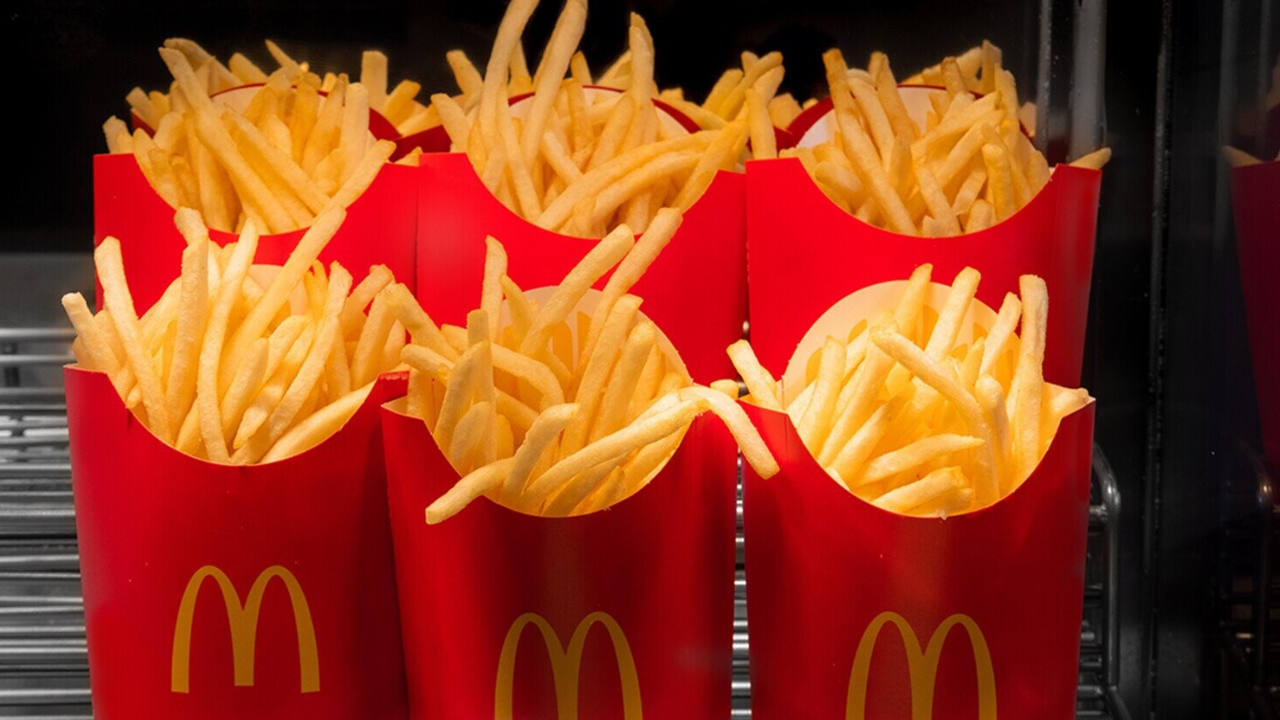Fast food has always thrived on speed, convenience, and consistency. But in the digital age, even the biggest brands aren’t immune to public scrutiny. One mistake, awkward menu launch, or poorly worded ad campaign can turn into a viral spectacle within hours. In 2025, social media has made sure of one thing—every fail is amplified.
This year has already seen its fair share of fast food blunders. From bizarre flavor experiments to questionable marketing tactics, fast food chains have made headlines for all the wrong reasons. And in most cases, the internet was not kind.
Here’s a rundown of the most talked-about fast food fails of the year so far, how they happened, and what made them go viral.
1. The AI-Written Wendy’s Drive-Thru Script
Wendy’s decided to roll out an AI-powered voice assistant in select drive-thrus this year. The idea sounded innovative—use artificial intelligence to speed up orders and reduce errors. But it quickly turned into a PR headache when customers began sharing clips of awkward, robotic responses and wildly incorrect orders.
One viral video showed a customer trying to order a Frosty, only to be asked, “Would you like that grilled or crispy?” Others reported the AI confusing “fries” with “spicy nuggets” and struggling with basic customizations.
The backlash was swift. People joked that the AI sounded like it was having an existential crisis. Wendy’s eventually issued a statement promising to tweak the system. But by then, the damage was done. The internet had already crowned it the “most confused drive-thru of all time.”
2. Taco Bell’s Nacho Sundae Disaster
When Taco Bell announced its experimental Nacho Sundae—featuring vanilla soft serve with nacho cheese drizzle and crushed tortilla chips—the reaction was instant. And not in a good way.
The internet exploded with confusion. Was this a joke? A stunt? Influencers filmed their first bites and gagged on camera. Food reviewers dubbed it “the most offensive dessert ever created.”
Taco Bell later clarified that the item was part of a limited “menu hack series” and wasn’t intended for full release. But the damage had already been done. People now joke that any new fast food idea should be run through a “Nacho Sundae filter” to avoid future disasters.
3. McDonald’s Forgettable Rebrand Campaign
McDonald’s usually nails its branding. But this year’s “Future Flavor Fusion” campaign, meant to promote a line of globally inspired items, fell flat. The campaign featured minimal product shots, overly abstract slogans like “Taste the World Within,” and cryptic teasers that left people scratching their heads.
The internet was quick to mock it, comparing the visuals to perfume ads or sci-fi movie trailers. Even loyal customers were confused about what the brand was actually promoting.
Eventually, McDonald’s pivoted and launched a clearer follow-up campaign. But the original marketing misfire became a cautionary tale in trying too hard to be “futuristic” without being understandable.
4. Burger King’s Cracked Egg Sandwich
Burger King launched what they called the “Cracked Egg Supreme Sandwich,” boasting a runny, fresh-cracked egg as its main feature. Unfortunately, photos shared by customers told a very different story—rubbery eggs, uneven cooking, and a messy, greasy appearance.
One image showing the sandwich entirely collapsed inside its wrapper gained over 2 million likes on social media. People compared it to “a breakfast crime scene.”
The sandwich was quietly pulled from several locations after customer complaints. Though some defended it as a decent idea poorly executed, the viral images ensured it wouldn’t recover its reputation.
5. KFC’s “Meatless Monday” Mix-Up
KFC attempted to promote its plant-based menu options with a “Meatless Monday” campaign. But in one major metropolitan location, the promotion went live without the store actually stocking the meatless products.
Customers walked in expecting a plant-based sandwich, only to be told they had to settle for chicken. Some claimed store employees hadn’t even heard of the promotion.
Frustrated customers took to social media with videos of empty shelves and confused employees. KFC had to respond publicly, apologizing for the rollout error. Critics pointed out that a campaign centered around conscious eating had resulted in waste and disappointment—an irony that didn’t go unnoticed.
6. Subway’s Strange Celebrity Sandwich Series
In an effort to stay culturally relevant, Subway released a line of sandwiches “designed” by influencers and TikTok creators. Some combinations made sense. Others, not so much.
One sandwich, endorsed by a popular creator, included tuna, peanut butter, lettuce, and banana peppers. Another featured steak, pickles, and marshmallow spread. While Subway insisted these were authentic to the creators’ tastes, customers were not buying it—literally or figuratively.
7. Arby’s Limited-Run Fish Chips
In a strange attempt to reinvent fast food sides, Arby’s introduced “Fish Chips”—thin, crispy slices of breaded fish, meant to be eaten like potato chips. The concept seemed creative, but the execution missed the mark.
Customers reported soggy texture, fishy smell, and packaging that didn’t keep the chips crispy. Most notably, videos began circulating of customers trying them for the first time and reacting with visible regret.
The most viral review came from a food vlogger who described them as “an assault on snack time.” Arby’s pulled the item shortly after.
8. Starbucks’ Transparent Coffee
Yes, it happened. Starbucks tested a “clear coffee” drink in several cities, claiming it delivered the same caffeine without the typical coffee color. It looked like iced water but was made using a filtration method that removed the dark pigment.
While it piqued curiosity, most customers were underwhelmed. Critics said it tasted “like coffee’s ghost” and lacked the body or richness of a normal cup. Baristas shared footage of confused reactions and refund requests.
The clear coffee may have been an experiment, but it proved that not every innovation needs to happen—especially if it doesn’t taste like what people expect.
9. Popeyes’ QR Code Confusion
In an effort to promote mobile ordering, Popeyes placed giant QR codes on packaging and ads that led to a “mystery offer.” But users quickly found that the codes often didn’t work—or led to broken links.
People filmed themselves scanning codes repeatedly with no result. Some called customer support and were told to “try again later.” The confusion escalated when one TikToker discovered the code led to an expired promotion.
Popeyes had to issue a public fix, but the chaos caused by a simple technology error made for one of the more avoidable fails of the year.
10. The Chain-Wide Ice Cream Machine Failure
It’s an old joke that McDonald’s ice cream machines are always broken. But in early 2025, several fast food chains simultaneously faced equipment issues—causing what users jokingly called the “Ice Cream Apocalypse.”
McDonald’s, Wendy’s, and Dairy Queen all experienced regional outages due to a shared supplier glitch. TikTok and X users began sharing their failed attempts to get sundaes, Blizzards, and cones with increasingly dramatic music.
The meme spread quickly. Some dubbed it “the summer without ice cream.” Even though the issue was resolved in a week, the collective frustration showed how deeply fast food rituals are tied to customer expectations.
Final Thoughts
Fast food chains thrive on innovation, but 2025 has shown that innovation without testing, communication, or awareness can backfire—loudly. The internet doesn’t forgive easily, especially when a menu item flops or a campaign feels disconnected from reality.
While some of these fails may be temporary blips, they leave a lasting mark. In a world where customers share everything in real time, brands have no room for error. A single awkward sandwich or broken link can dominate the conversation.
For the rest of us? These viral fails make for great entertainment—and maybe a reminder to double-check what’s inside that new combo before placing the order.



